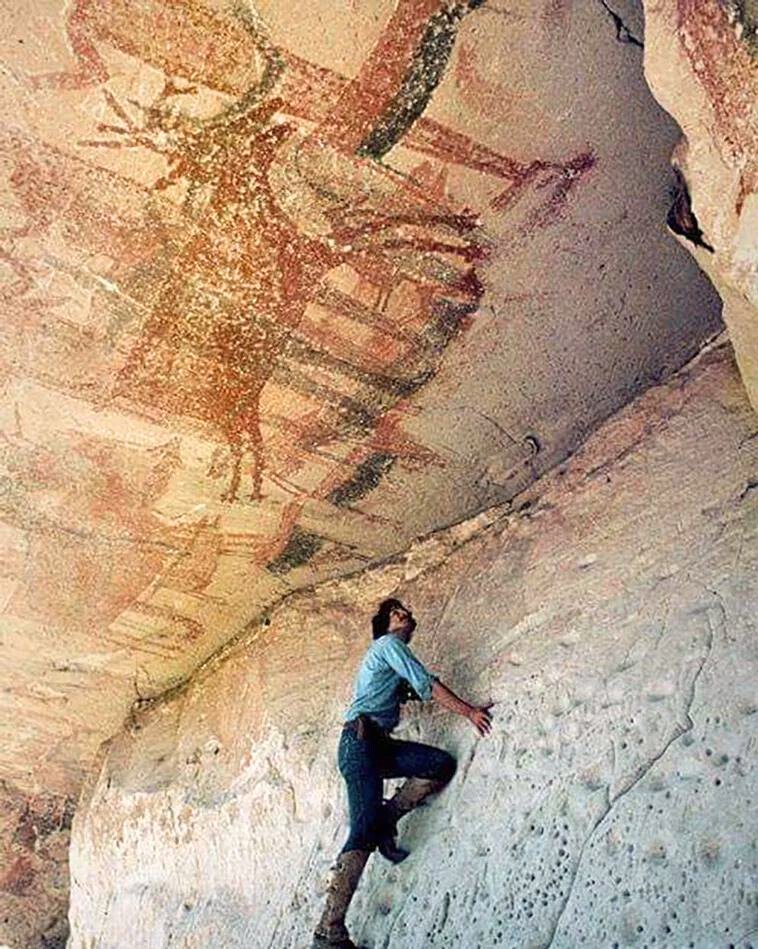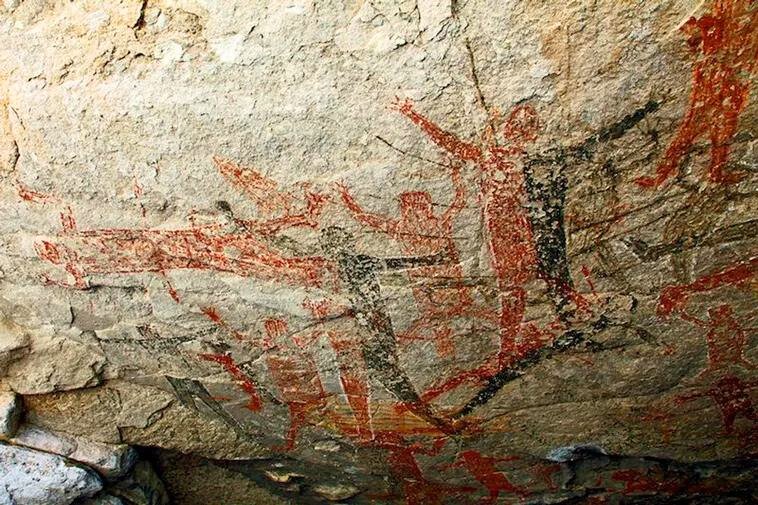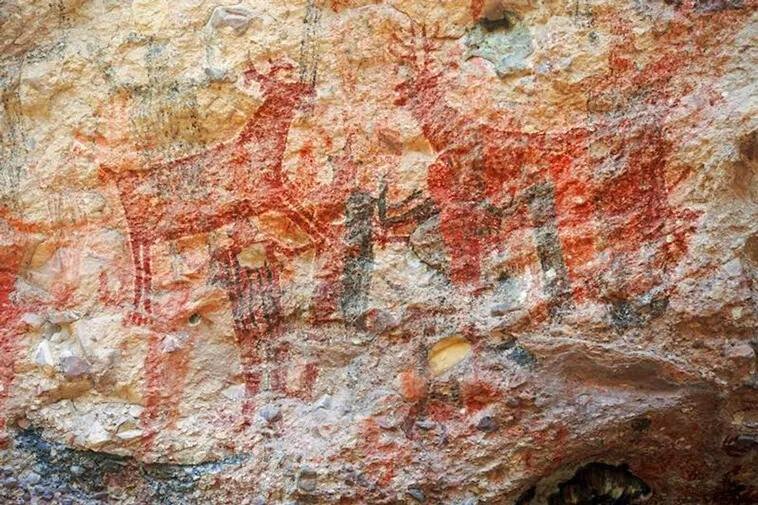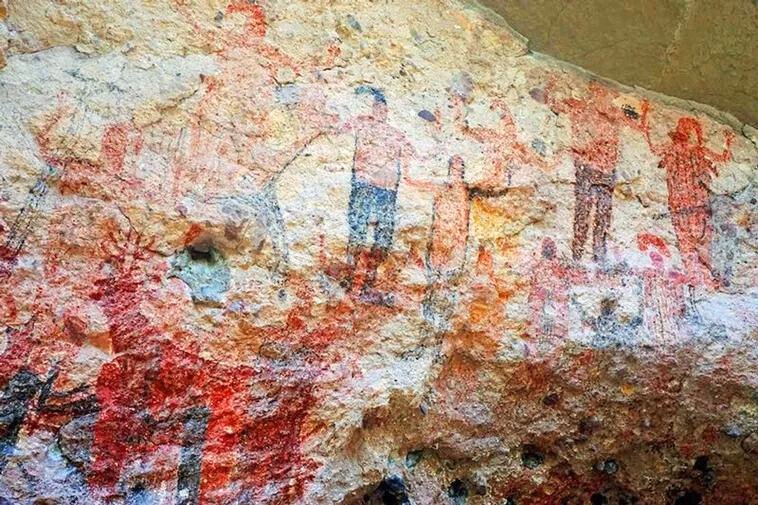The Great Cave Murals of Baja California represent a remarkable collection of prehistoric rock art deeply embedded in the rugged landscape of the Sierra de San Francisco, a mountain range located in the central region of Mexico’s Baja California Peninsula. These extraordinary murals, believed to have been created by the ancient Cochimí people, are celebrated for their impressive size and artistic quality and for the rich insights they offer into the lives, beliefs, and environment of the region’s early inhabitants. Recognized as one of Mexico’s most significant archaeological treasures, these murals have earned a place on the UNESCO World Heritage list, underscoring their global cultural and historical importance.

Estimated to be between 1,000 and 7,000 years old, the Great Cave Murals are among the oldest and most enigmatic examples of prehistoric art in the Americas. The Cochimí people, who inhabited the Baja California Peninsula long before European contact, are credited with creating these murals. The significance of these works extends beyond their age; they offer a visual narrative of the Cochimí’s worldview, spirituality, and interaction with their environment. The fact that these murals have survived for millennia is a testament to the durability of the natural pigments and the relatively stable conditions within the caves and on the cliff faces where they are found.

The murals are located in some of the most remote and inaccessible areas of the Sierra de San Francisco. These locations, including cliff faces and deep caves, suggest that the sites were of special significance to the Cochimí people. The effort required to reach these places indicates that they may have been considered sacred or held ritual importance. Among the most prominent mural sites are Cueva del Ratón, Cueva Pintada, and Cueva de las Flechas, each distinguished by unique stylistic elements and thematic focuses. For example, Cueva Pintada is renowned for its extensive and well-preserved panels, while Cueva de las Flechas is noted for its depictions of archers and hunting scenes.

The murals are painted in a palette of natural colors, including red, black, white, and yellow. These pigments were meticulously sourced from minerals and organic materials found in the surrounding environment, such as iron oxides for red and yellow, charcoal for black, and calcium carbonate for white. Creating these pigments and applying them to the rock surfaces demonstrates a high level of technical skill and knowledge of the natural resources available to the Cochimí. The paintings are large in scale but also detailed and expressive, with figures and animals often depicted in dynamic, lifelike poses. This use of perspective and motion reveals a sophisticated understanding of artistic techniques that enhance the realism and vitality of the scenes portrayed.

The subject matter of the Great Cave Murals is diverse, reflecting the complex social and spiritual life of the Cochimí people. Human figures are prominently featured, often depicted in dynamic poses that suggest dancing, hunting, or participating in ceremonial activities. These figures are typically stylized, with elongated limbs, detailed adornments, and sometimes abstract features that may symbolize spiritual or mythical elements. The human figures are often shown interacting with animals, which is also a central theme of the murals. Deer, rabbits, mountain sheep, birds, and fish are often depicted in motion, such as running or being hunted, adding a narrative quality to the art.
In addition to the human and animal figures, the murals feature various abstract designs and geometric patterns. These elements add a layer of symbolic meaning to the artwork, representing spiritual beliefs, cosmological concepts, or social structures. The precise meaning of these symbols is still debated among scholars, yet they add to the overall complexity and richness of the murals.

The Great Cave Murals of Baja California are more than just ancient artworks; they are a window into the distant past, offering glimpses of the lives, beliefs, and environment of a people who lived thousands of years ago. As such, they are invaluable to archaeologists and historians and to all who seek to understand the human experience through the lens of art and culture. Today, these murals continue to captivate and inspire as a testament to the enduring power of human creativity and the deep connections between people, places, and the natural world.









